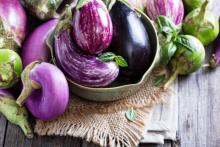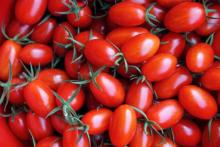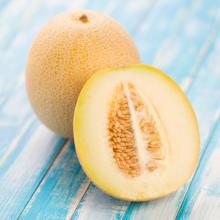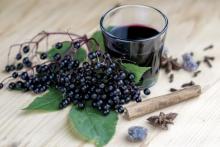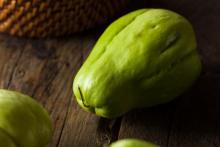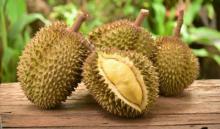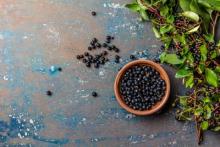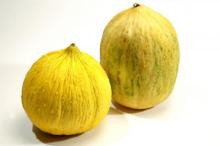Superfood 101: Eggplant!
Eggplant is a member of the family Solanaceae, commonly known as the Potato family of the genus Solanum L. or nightshade P, in the species Solanum melongena L. called eggplant P. The plant is believed to be native to India and there is Chinese documentation dating back to the 5th century recording agricultural technics in cultivating it.

